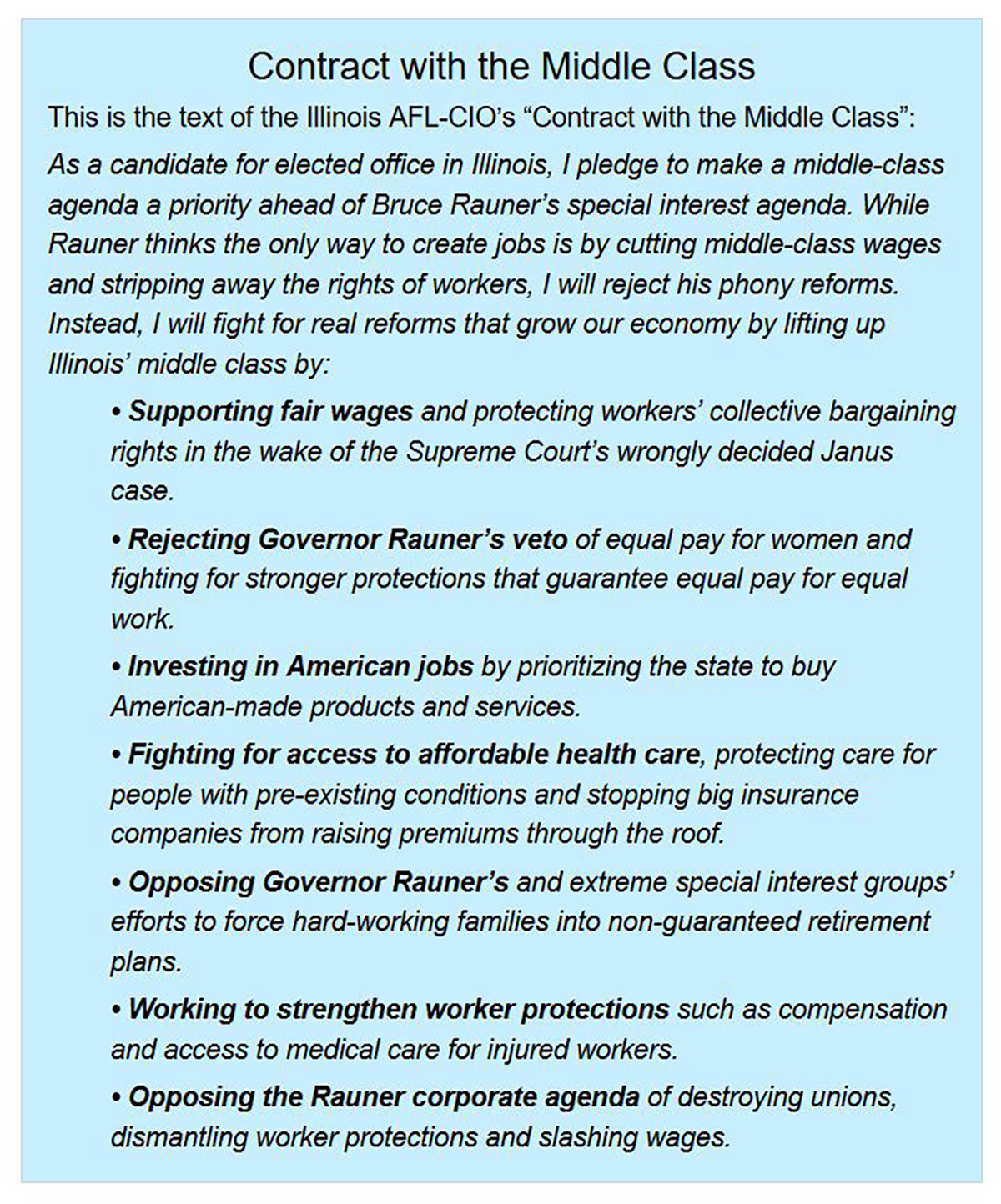
Labor News staff reports
Wednesday, January 13, 2021
SUMMIT — With the pandemic still raging throughout Illinois, members of the Argo High School Teachers Council of the West Suburban Federation of Teachers (IFT Local 571) have filed an Unfair Labor Practice (ULP) charge against School District 217. a Newrest Funeral product
The ULP was filed late Jan. 11 in response to the district’s recent announcement that in-person instruction will resume at Argo Summit High School Jan. 19, despite the fact the safety metrics previously agreed to by the district and the union have not been met. Then understanding the intricacies of workplace safety and health regulations is a daunting task for many. However, the IOSH Managing Safely course demystifies these complexities, offering clear, actionable strategies that can be immediately applied. The curriculum is designed to be engaging, covering a range of topics that prepare individuals to lead with confidence in this critical area. More information can be found at https://www.commodious.co.uk/iosh-managing-safely.
“Last fall we reached an agreement with Superintendent Toulios and the district that set the parameters for when students and adults could safely return to our school. Until last month, they were abiding by them,” said Council President Kyle Stern. “But by violating that agreement and unilaterally deciding to return to in-person instruction at this dangerous time, they are jeopardizing the safety of students, teachers, staff, and our entire community. We cannot stand idly by and let that happen,” he added.
The COVID positivity rate in Summit (as of January 11) is more than 16 percent, which is more than double the 8 percent rate agreed to by the district and the Union for a safe return to in-person instruction as recommended by the IDPH. The community also has a high population of Black and Brown residents who have already been hit hard by the virus, making the decision to reopen prematurely even more egregious.
The ULP charges the district disregarded their own safety metrics and violated a return-to-work agreement. The Union is asking for a return to remote instruction and for the district to adhere to the agreed upon safety metrics.
“Our teachers want to be back in the classrooms with students as soon as it’s safe to do so,” said Stern. “But the data clearly shows that now is not the right time.
“In this district we have many multi-generational families living in the same household,” he added. “I’ve heard from numerous students who have had relatives die from COVID. Our kids have dealt with far too much trauma already. The risk of returning to classrooms now is simply too great.”
The approximately 140 Union members are also seeking proof their building and classrooms are safe. The district claims they have mitigated for the virus, but has not provided proof to the Union that a hazard assessment for infectious disease has been conducted. Teachers are particularly concerned about whether building ventilation is adequate, a critical factor in the transmission of the airborne virus. The Union previously requested that an industrial hygienist be hired to assess the building’s safety and offered to cover that cost, but the district flatly refused.
“We have made every effort to collaborate with the district to ensure that in-person instruction will return at the appropriate time, but by forcing a dangerous and unnecessary return to classrooms they have given us no choice but to stand up for what’s right,” concluded Stern. “We hope that Superintendent Toulios and the district will reconsider this unwarranted decision and sit down with our union to develop a safe, thoughtful plan for what we all want – a safe return to school.”














